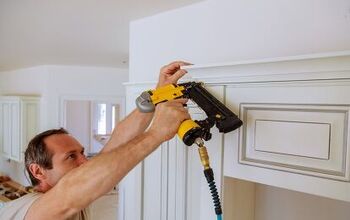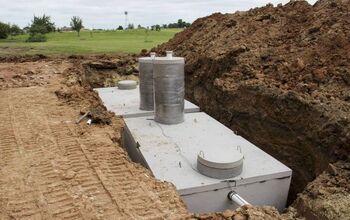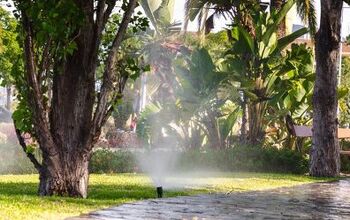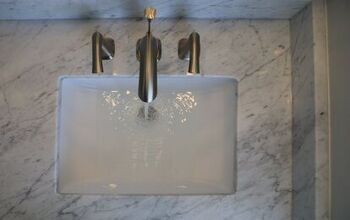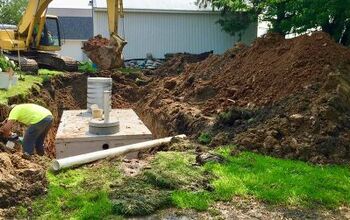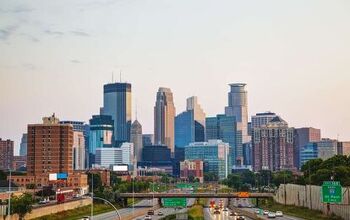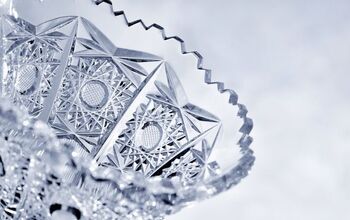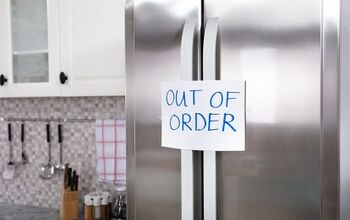Six Signs Of Soil Erosion

Some people think that soil health only affects the way their plants grow and look. However, soil health can affect everything from your yard’s grading to your home’s structural integrity. That’s why it’s important to know what signs to look for if you’re worried about soil erosion.
Bald spots in the lawn and exposed tree roots can indicate soil erosion. You can also tell something is wrong if your driveway often floods and consequently has lots of cracks and holes in it. The worst-case scenario is that you discover soil erosion due to foundation damage to your home.
Anything that sits on top of the soil in your yard can shift and suffer damage when the soil starts to erode. Soil erosion isn’t the end of the world, but the problem can get worse if you don’t do anything to fix it. Follow along as we explore six signs of soil erosion and highlight ways to combat it.
What Causes Soil Erosion?
Water is the biggest cause of soil erosion, but it can also happen because of heavy winds. These two natural elements, paired with gravity and the soil’s overall health, cause soil to erode. Unfortunately, soil erosion is especially common in areas with lots of livestock and human activity.
Overdeveloping the land in certain areas can also contribute to soil erosion, among many other problems. For example, farmers who clear the land and keep lots of livestock often struggle with soil erosion. That many cows will result in overgrazing, which can whittle away at the soil over time.
Plowing the land and removing vegetation can contribute to soil erosion and impact the local ecosystem. Frequent flooding in overdeveloped areas without much drainage can also cause soil erosion. These man-made issues can worsen and expedite natural soil erosion caused by the elements.
How To Tell If You Have Soil Erosion
You can tell if you have a soil erosion problem when you thoroughly inspect your property. Some of the signs, like bald spots in the lawn, are obvious. However, other culprits aren't as easy to spot, so it’s important to familiarize yourself with your yard. The most common signs of soil erosion include:
1. Bare Spots
Are there bare patches without a lot or any grass on your property? If so, there’s a good chance that it’s because of soil erosion, especially if these patches are isolated. Grass struggles to grow in areas with eroded soil, as the fertile part of the soil is likely gone or weakened.
Depending on your yard’s grading and how it’s been developed, the erosion may only affect small patches. Walk around your yard and look out for more bald patches to get an idea of how serious the problem is. Keep in mind that some soil erosion doesn’t necessarily mean that your whole yard is going to look bad.
For example, you may find several bare spots in your yard during the winter. This is common when the snow melts and washes away some of the important topsoil and nutrients. However, it’s worth taking care of it right away when the temperature heats up.
2. Struggling Plants
A lack of bare spots on your lawn can be reassuring, but soil erosion may still be happening. That’s especially true if some of your plants are struggling, but you don't know why. Many plants cannot thrive in or around eroded soil because it lacks the essential nutrients they need.
Eroded soil typically lacks potassium, nitrogen, calcium, and phosphorus, making healthy growth unlikely. Soil erosion doesn’t always happen overnight, so you may gradually notice your plants struggle over time. However, plants won’t grow at all if the soil has consistently been eroding for a while.
3. Surface Roots
Surface roots not only look bad, but they can also make yard maintenance much harder. For example, mowing the lawn is much harder if you must navigate exposed roots because thick tree roots can easily harm your lawnmower’s deck and blades.
Exposed roots are a late sign of soil erosion in many cases, but it depends on how deep the roots were originally. Naturally, it doesn’t take much erosion for shallow roots to reach the surface and become exposed. Keep in mind that tree roots don’t always become exposed because of soil erosion.
Tree roots can become exposed if the tree naturally starts leaning toward one direction or another. That said, you can tell soil erosion is the cause if there are also bare spots throughout your yard.
4. Uneven Slabs
Do you have a retaining wall or decorative barrier made of concrete slabs atop the soil in your yard? If so, you can often tell that your soil is eroded if you closely examine the slabs. The slabs won’t sit evenly anymore if the soil beneath them becomes eroded.
Some slabs may stick up while others tilt downward, depending on the grading and how bad the erosion is. You may also notice water pooling between and underneath them, which can eventually worsen the problem.
5. Driveway Damage
You may think the soil beneath your driveway is safe from erosion, but it isn’t. That’s especially true if you live in a particularly rainy climate, as water will frequently run off your driveway. Depending on your driveway’s pitch, water may pool in certain areas.
Naturally, the soil will eventually erode in areas where it consistently runs off and or pools. Cracks and holes in your driveway can make water seep into the soil beneath it much faster. In extreme cases, you may need to replace your driveway altogether.
The more water pools and slides off your driveway, the more the soil will erode around and beneath it. This is often accompanied by holes, cracks, and uneven patches in your driveway.
6. Foundation Cracks
No homeowner wants to find out their foundation has cracks in it. Foundation repair can cost thousands of dollars, and it’s a stressful experience for any homeowner. The soil beneath your home can erode and gradually weaken the structural integrity of your home's foundation.
This is common for homeowners with gutter downspouts that are too close to their homes. The downspout should extend at least 10 to 15 feet away from your home to prevent this problem. Otherwise, water will whittle away at the soil and eventually contribute to foundation damage.
You can prevent foundation damage if you regrade your yard and replace your gutters and downspout. A French drain and retaining wall can also help protect your foundation from water damage. Some people install erosion control blankets around their homes to prevent soil erosion as well.
Summing It Up
Soil erosion is often accompanied by bald spots in the lawn and exposed tree roots. You may also notice uneven ground, cracks, and holes on your driveway. Call a landscaper and re-grade your yard to combat soil erosion and prevent serious issues, like foundation damage.
Related Guides:

Nick Durante is a professional writer with a primary focus on home improvement. When he is not writing about home improvement or taking on projects around the house, he likes to read and create art. He is always looking towards the newest trends in home improvement.
More by Nick Durante










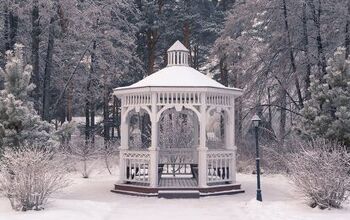

![How Much Weight Can a 4×4 Support Horizontally? [It Depends!]](https://cdn-fastly.upgradedhome.com/media/2023/07/31/9070333/how-much-weight-can-a-44-support-horizontally-it-depends.jpg?size=350x220)

